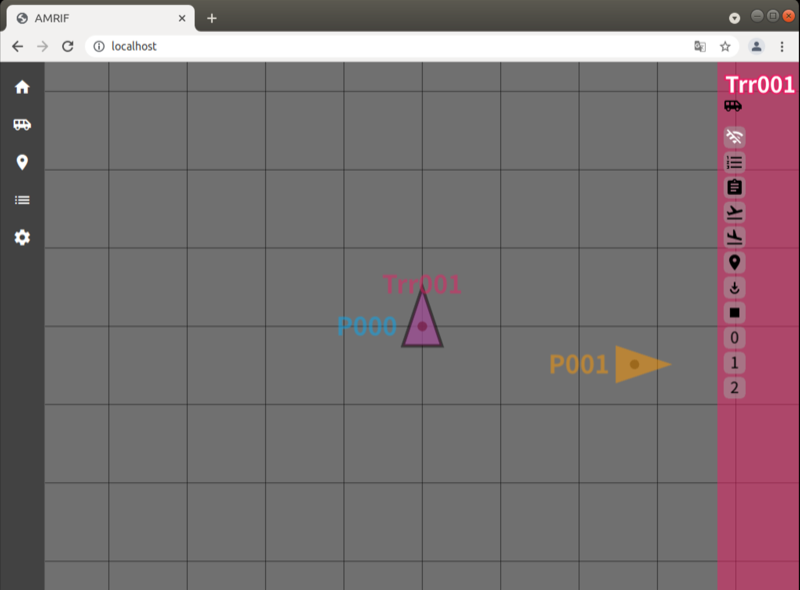AMR-IF-UI: Installation
1. Installation
1.1. Downloading source code
Please download this AMR-IF from the github repository and extract it to an appropriate directory.
$ git clone https://github.com/robo-marc/AMR-IF-UI
$ cd AMR-IF-UI
$ ls
LICENSE doc package-lock.json tsconfig.spec.json
LICENSE_HEADER img package.json tslint.json
README.md karma.conf.js src
angular.json ngsw-config.json tsconfig.app.json
browserslist node_modules tsconfig.json
1.2. Installation of dependent packages
Now install the dependent packages with the npm ci command.
$ sudo npm ci
:
> @angular/cli@9.1.0 postinstall /home/n-ando/work/AMR-IF-UI/node_modules/@angular/cli
> node ./bin/postinstall/script.js
added 1476 packages in 31.457s
$ sudo npm install -g @angular/cli
$ ng serve
:
It will take some time.
:
Date: 2021-09-23T08:04:01.730Z - Hash: 98b0164d374b20b98c5c
5 unchanged chunks
Time: 542ms
: Compiled successfully.
At this time, as shown below, a confirmation message will be displayed asking if you want to share usage data with Google’s Angular team, so if there is no problem, enter “y” and proceed. (If you don’t like that, you can use “n”.)
? Would you like to share anonymous usage data with the Angular Team at
Google under Google’s Privacy Policy at https://policies.google.com/privacy?
For more details and how to change this setting, see http://angular.io/analytics.
After executing the “ng serve” command, the command prompt does not come back, because the HTTP service is running behind the process. Proceed to the next access test to test if you can access the web service.
1.3. Access test
Try accessing http://localhost:4200 from your browser.
The following page would be displayed.

The port-number can be changed with “–port” option.
$ ng server --port 8080
If you use under 1023 port, since root privilege is required, use sudo before the command.